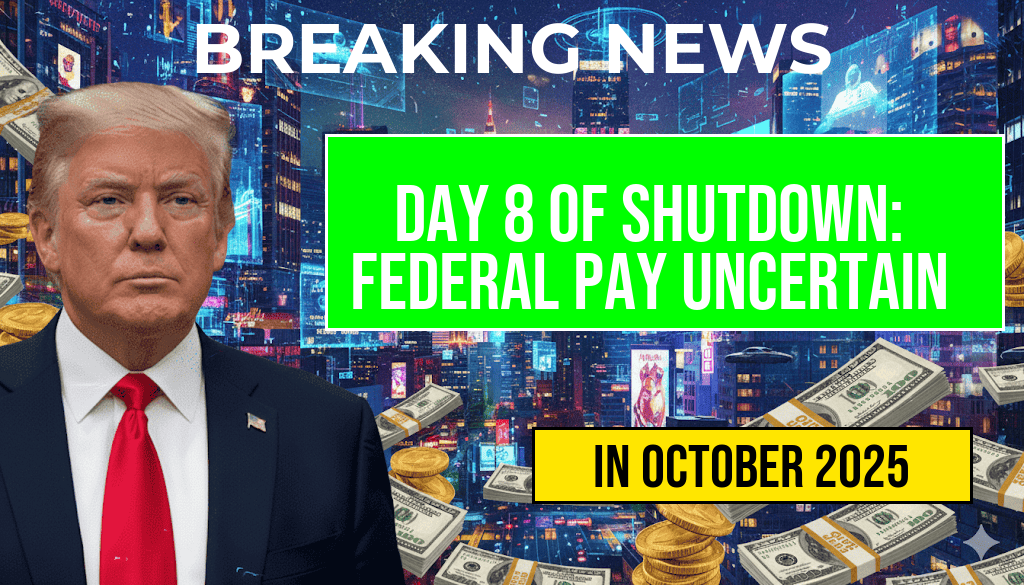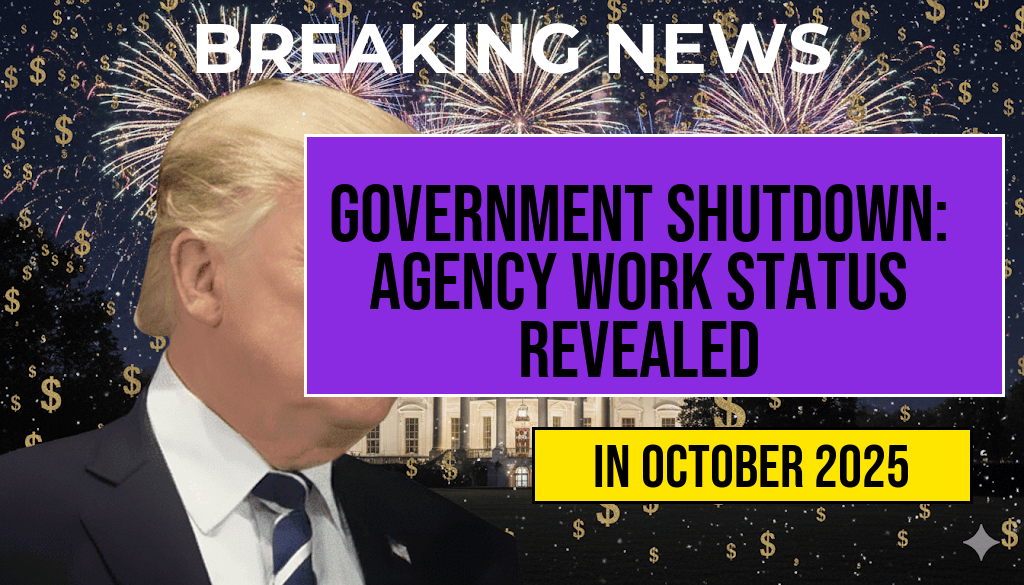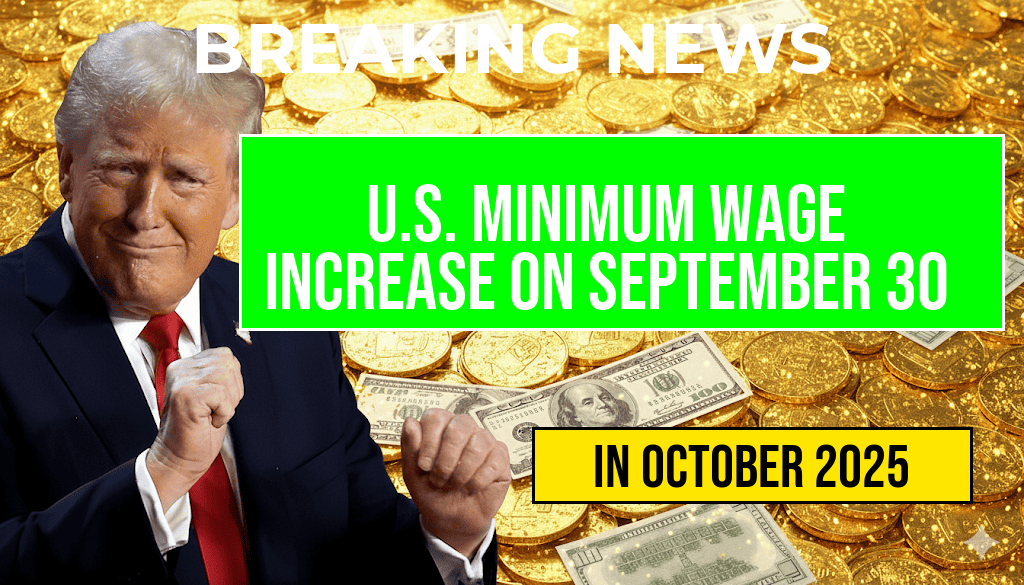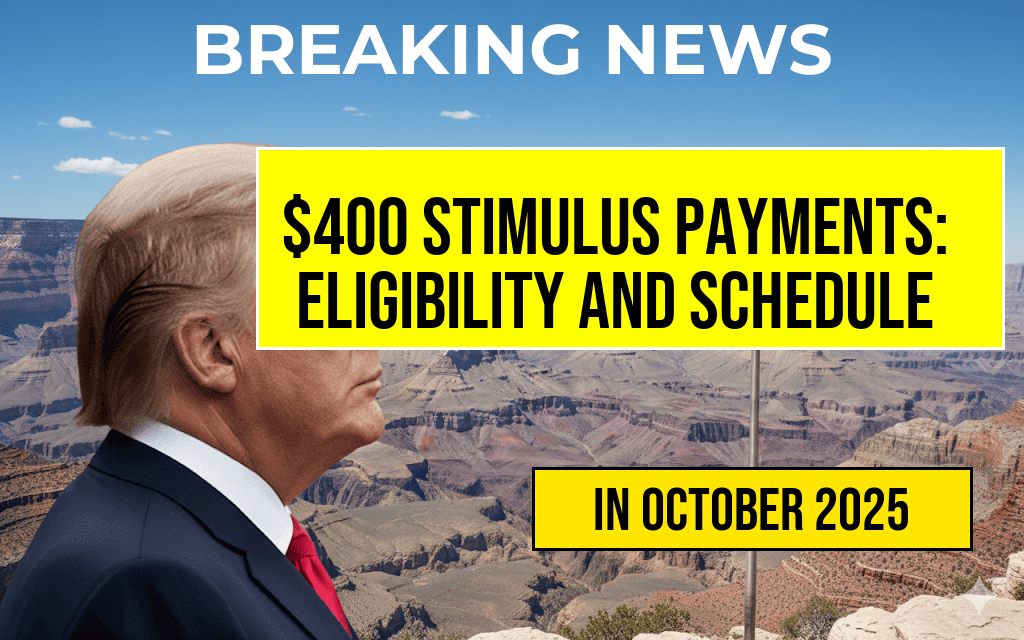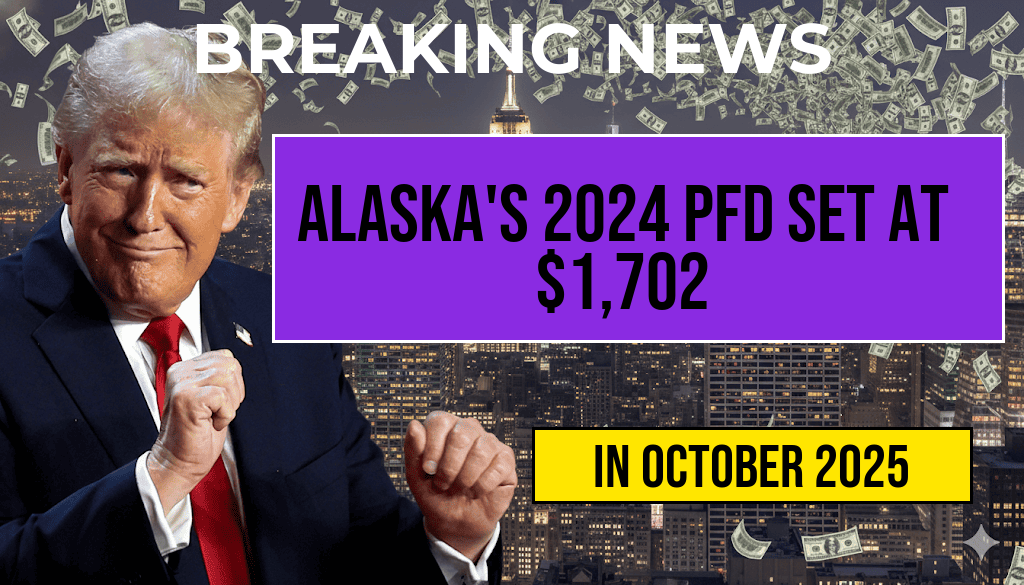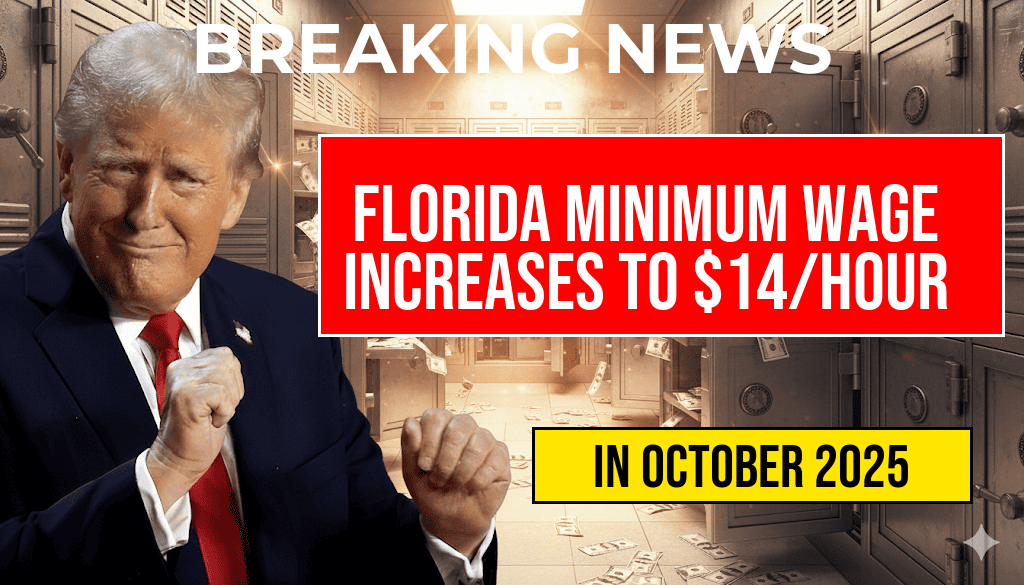The U.S. federal minimum wage is poised for a significant increase on September 30, 2025, as part of a phased implementation aimed at improving the living standards of workers across the nation. This adjustment follows a prolonged period of stagnant wages, with the current federal minimum wage remaining at $7.25 per hour since 2009. The upcoming change is designed to provide relief to low-income workers and address the growing disparities in income and living costs throughout the country. As part of this adjustment, specific wage increases will vary by state and locality, reflecting regional economic conditions and cost of living differences. Businesses and workers alike are preparing for this pivotal change, which is expected to impact millions of Americans and reshape the landscape of the labor market.
Details of the Minimum Wage Increase
The minimum wage increase will be implemented incrementally over the next two years, with the goal of reaching $15 per hour by 2025. The increase is part of a broader legislative effort to ensure that full-time workers can earn a living wage that meets the basic needs of their families. The federal government aims to align the minimum wage with inflation and productivity growth, allowing workers to keep pace with rising living costs.
State-Specific Wage Adjustments
While the federal minimum wage sets a baseline, many states and cities have already enacted higher minimum wages. As a result, the impact of the federal increase will vary across the country. Here is a list of some states and their current minimum wage rates, along with the expected changes:
| State | Current Minimum Wage | Projected Minimum Wage (2025) |
|---|---|---|
| California | $15.00 | $15.50 (2025) |
| New York | $15.00 | $15.50 (2025) |
| Texas | $7.25 | $15.00 (2025) |
| Florida | $11.00 | $15.00 (2025) |
| Illinois | $13.00 | $15.00 (2025) |
Impact on Businesses and Workers
The upcoming wage increase is expected to have far-reaching implications for both employers and employees. Businesses may face increased labor costs, which could lead to adjustments in pricing, hiring practices, and employee benefits. Small businesses, in particular, may feel the strain as they navigate these changes while trying to remain competitive.
For workers, the wage increase promises a much-needed boost in income, allowing many to better support their families and alleviate financial stress. According to recent studies, raising the minimum wage can lead to increased consumer spending, which in turn can stimulate economic growth.
Public Opinion and Legislative Support
Public support for a minimum wage increase has grown steadily over the years, with numerous polls indicating that a majority of Americans favor raising wages to address income inequality. Advocates argue that a higher minimum wage is essential for ensuring that all workers can achieve a decent quality of life, while opponents express concerns about potential job losses and increased costs for consumers.
Legislative support for the increase has been bolstered by advocacy groups, labor unions, and some lawmakers who see the adjustment as a moral and economic imperative. As discussions continue, it remains to be seen how states will respond to the federal guidelines and whether further adjustments will be necessary in the future.
Further Resources
For more information on the minimum wage increase and its implications, you can visit the following resources:
Frequently Asked Questions
What is the new U.S. minimum wage set to be on September 30, 2025?
The new U.S. minimum wage will increase to $15 per hour on September 30, 2025, ensuring that workers receive a fairer compensation for their labor.
How does the upcoming minimum wage increase affect different states?
Each state may have its own minimum wage laws, and this increase will establish a federal baseline. States with higher wages will continue to enforce their own rates, while those below $15 will need to adjust accordingly.
Are there any exceptions to the new minimum wage law?
Yes, certain categories of workers, such as tipped employees and those with disabilities, may have different minimum wage requirements. Employers should consult local and federal regulations for specific guidelines.
When will the minimum wage increase take effect?
The minimum wage increase will take effect on September 30, 2025, giving employers time to adjust their payroll systems and practices.
Where can I find a complete list of hourly wages after the increase?
A complete list of hourly wages will be available on the U.S. Department of Labor’s website and various labor organizations will also provide detailed information on the changes.


